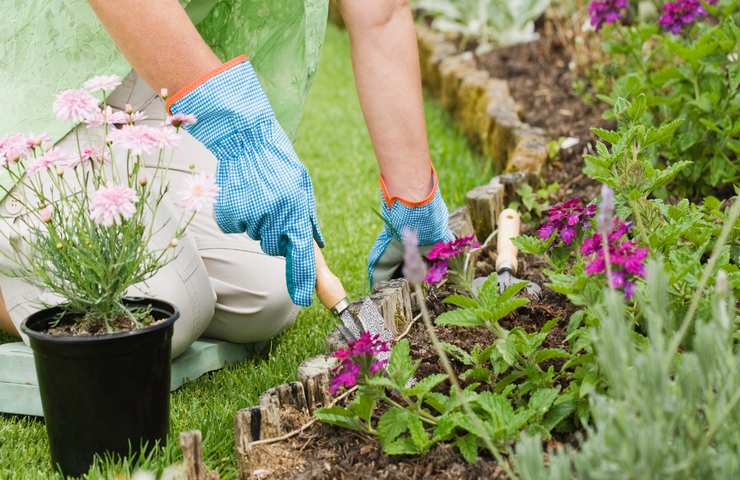
First of all, let’s try to understand what we are talking about when we refer to hydroculture. Specifically, in fact, it is a technique that we could in a certain sense define as new and innovative with regards to the care of our garden and the plants we surround ourselves with. But above all, of a method that could revolutionize once and for all our approach to gardening, to its care and maintenance, and also to how we relate to this demanding and above all important hobby.
Plants, in fact, are becoming more and more an indispensable presence in our lives and homes every day. They allow us not only to decorate and furnish our homes in an alternative, ecological and interesting way. But also to enrich our days with a captivating hobby, full of responsibility but also rewards. On the other hand, these are all direct consequences that we can obtain thanks to direct contact with the natural world. However, it is also a hobby that needs us constantly and also continuous updates. And this is why we are here today to talk to you about so-called hydroculture.
Plants, how to grow them thanks to hydroculture

In fact, as we certainly know well, plants usually need a lot of attention, care and above all support from us. However, they also know how to be very autonomous and independent in being able to feed themselves and above all in surviving, often and willingly, even in the most extreme conditions. In particular, essential elements for their survival are the earth but, as we can easily imagine, also and above all water. Which, often, could force us to water frequently based on the needs of the species we surround ourselves with.
Precisely for this reason you cannot miss the indispensable help and support that we could obtain from hydroculture. It is, as we have already anticipated, a cultivation technique that no longer requires the presence of soil but only water and as many clay balls as possible that can support our plant. In particular, there are specific species that could survive without the presence of land and therefore exploit the opportunity made available by hydroculture: we are talking for example about leafy plants, such as dracaena, philodendron and croton . Or, again, more common plants such as ficus or aromatic ones such as basil and parsley.
But let’s get to some important details: to practice hydroculture it is advisable, in fact, to use distilled water and not tap water due to possible high quantities of limestone. Furthermore, it is advisable to change the water every twenty-five days, so that it can always be clean and fresh for our plants. Finally, it is advisable to use potted containers that are transparent, so as to be able to more easily monitor the relationship between the roots and the quantity of water still present.